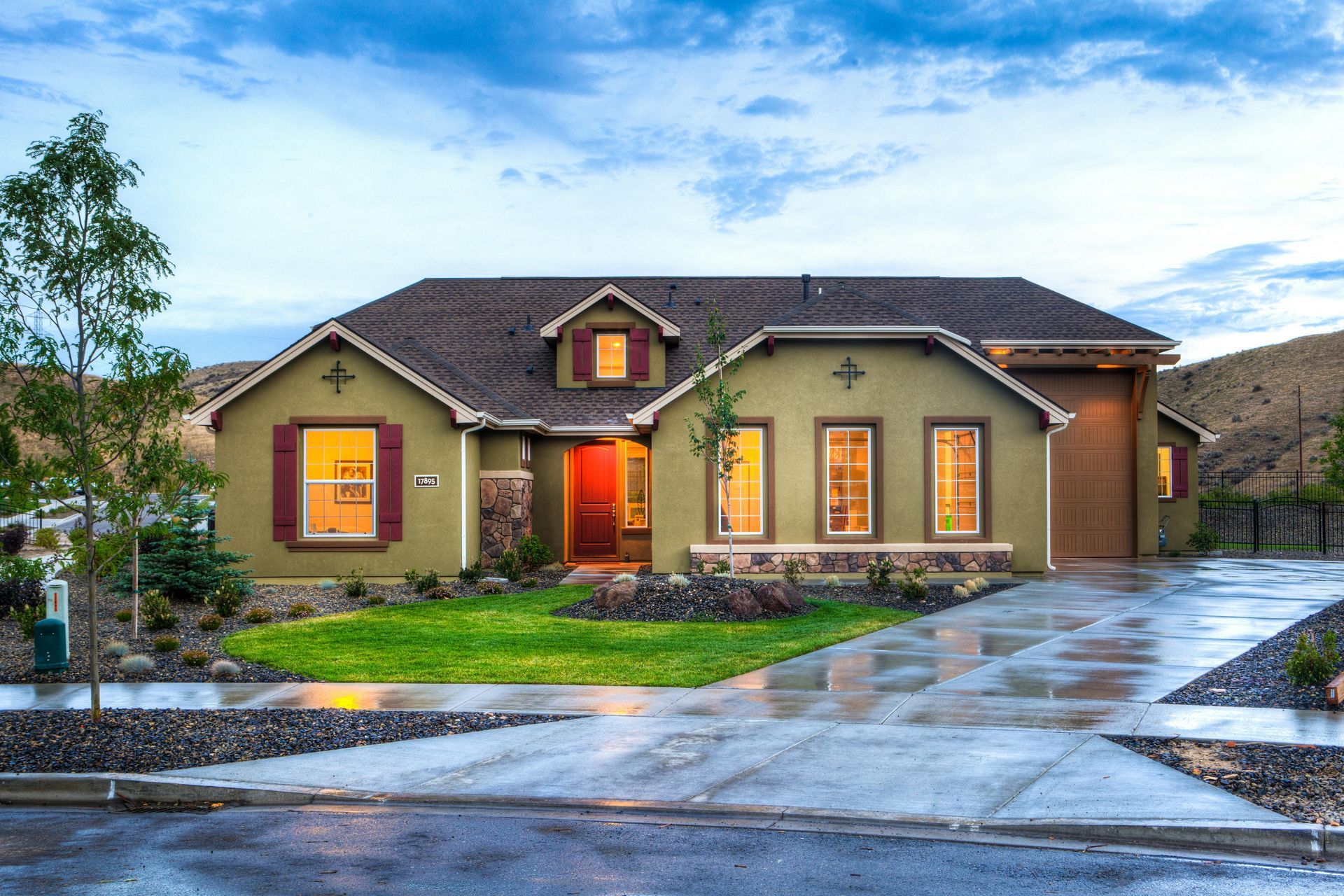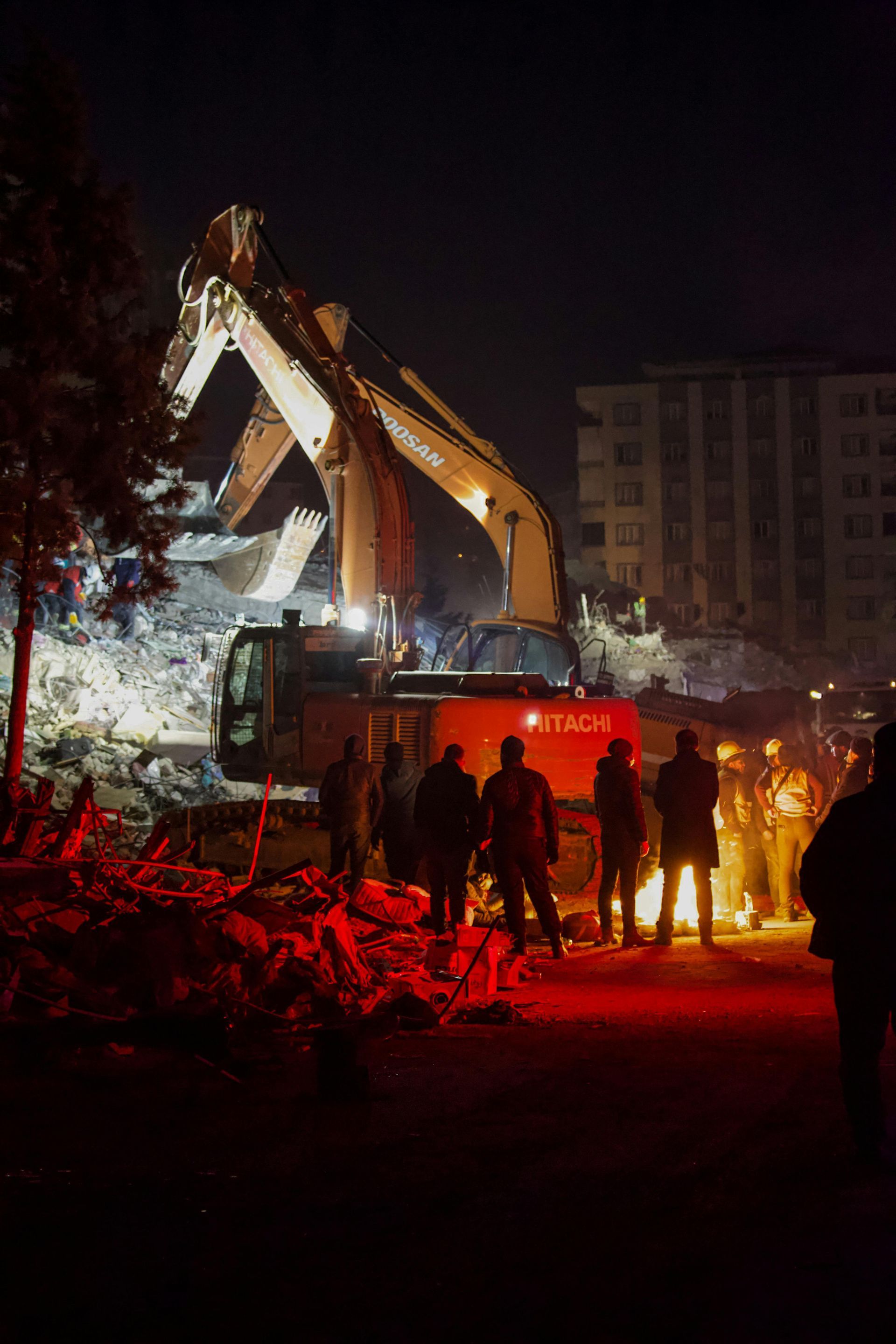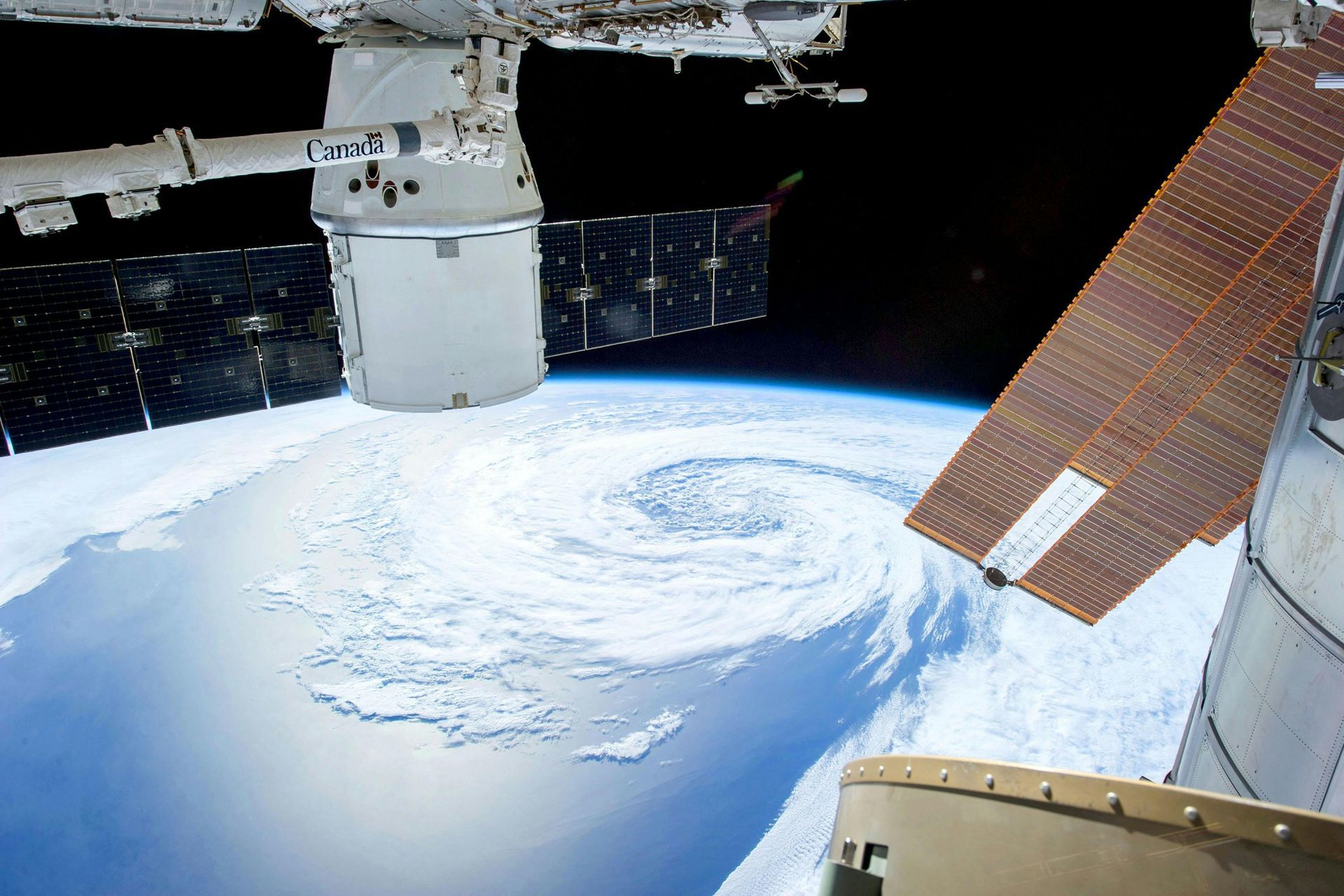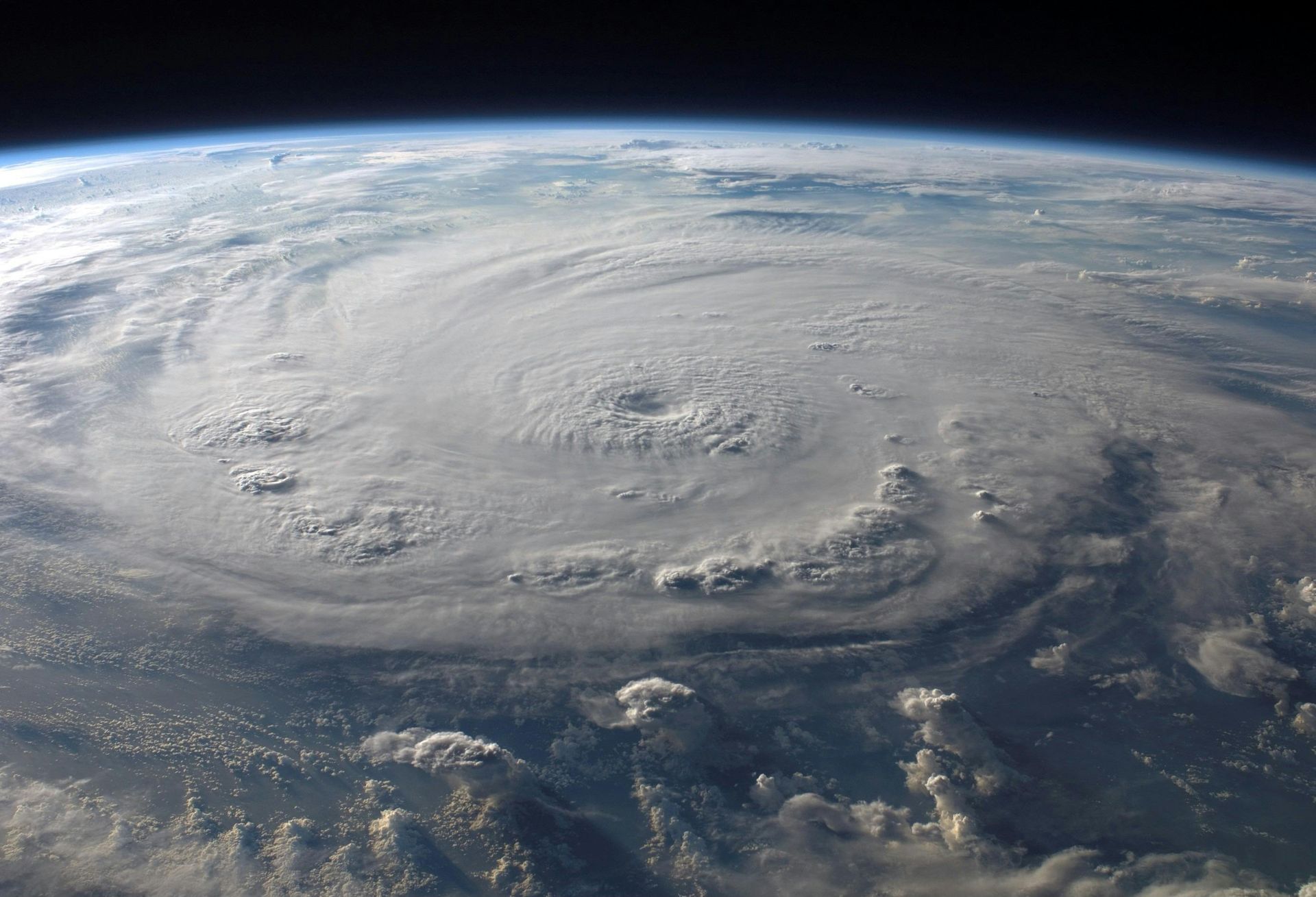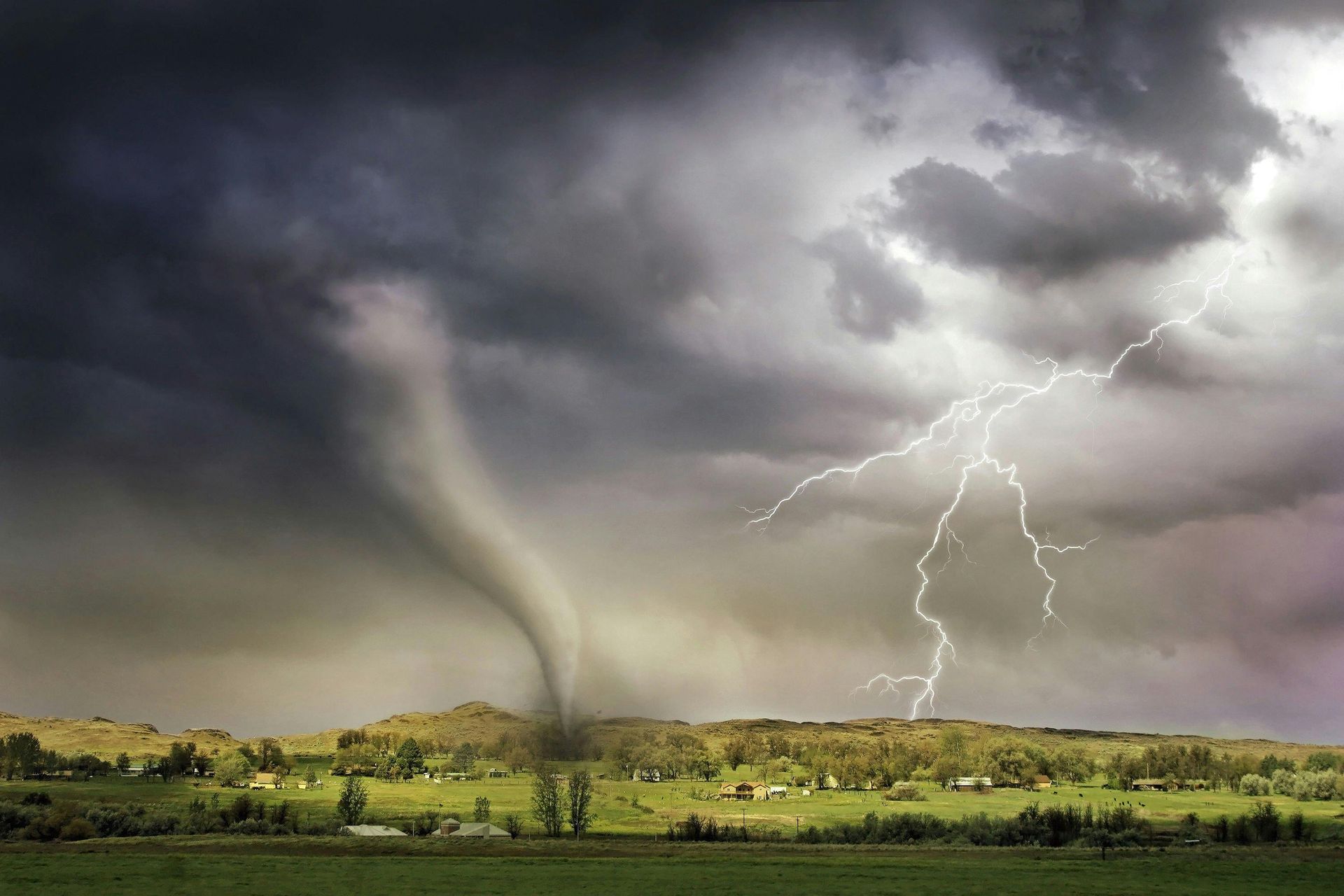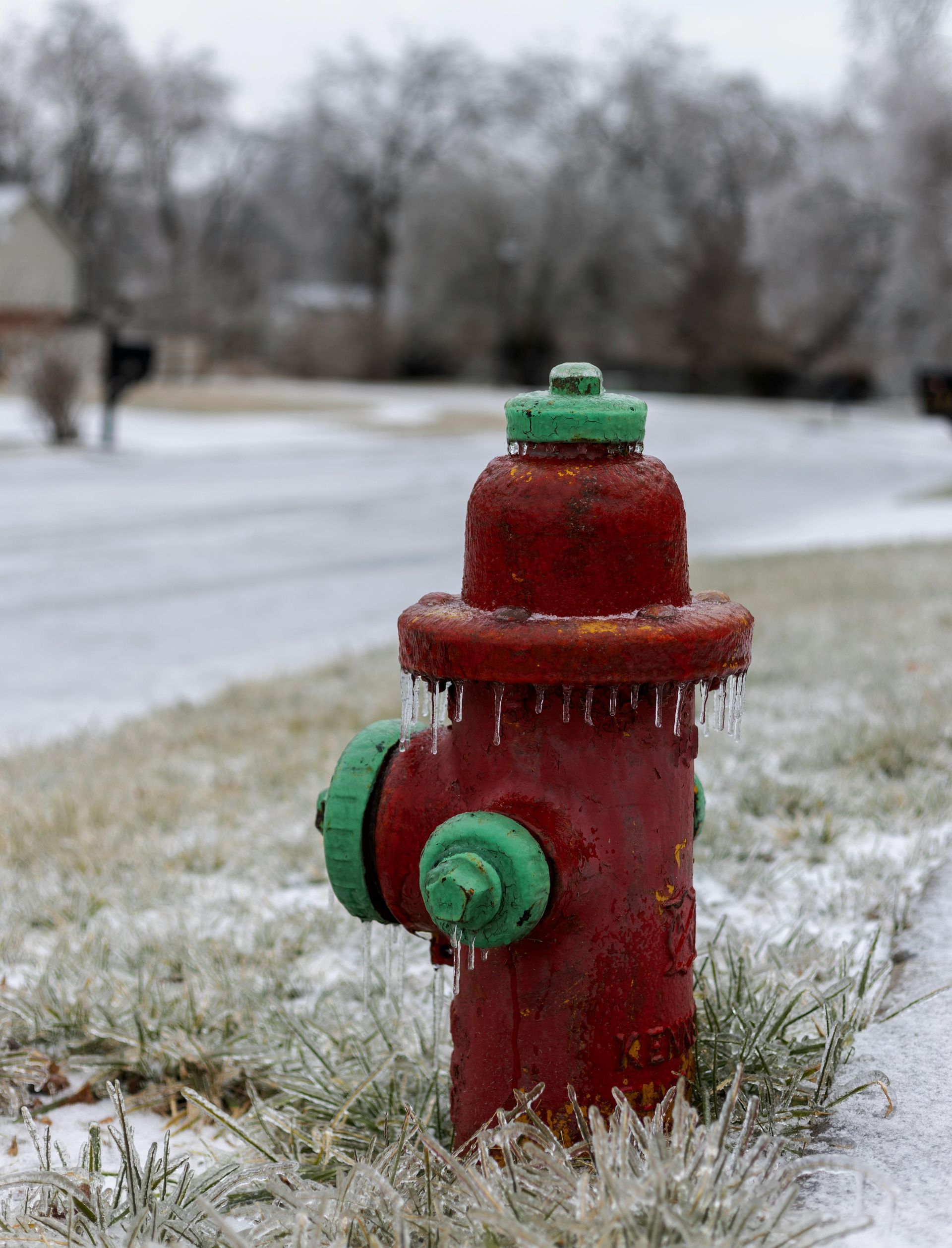The Role of Technology in Modern Disaster Recovery and Storm Preparedness
In recent years, the frequency and intensity of natural disasters have increased, underscoring the need for more effective storm preparedness and disaster recovery solutions. Technology has emerged as a game-changer in this domain, offering innovative tools and strategies that help individuals, businesses, and governments mitigate risks, respond effectively, and recover faster. Let’s explore how technology is shaping the landscape of disaster recovery and storm preparedness.
Early Warning Systems: Saving Lives Before Disaster Strikes
Modern early warning systems are critical in mitigating the impact of disasters. These systems leverage advanced technologies like satellite monitoring, artificial intelligence (AI), and Internet of Things (IoT) sensors to detect and predict severe weather conditions.
- Satellite Imagery and Meteorology: High-resolution satellite images provide real-time data on storms, hurricanes, and other weather phenomena. This allows for timely dissemination of warnings to at-risk communities.
- AI-Powered Forecasting: Machine learning algorithms analyze historical weather data alongside current conditions to deliver accurate, actionable forecasts. This can mean the difference between timely evacuation and catastrophic outcomes.
- IoT Sensors: Deployed in flood-prone areas, IoT devices monitor water levels, wind speeds, and seismic activity. They send alerts to authorities and residents, enabling swift action.
By integrating these technologies, governments and organizations can give people more time to prepare, reducing casualties and property damage.
Digital Preparedness Tools: Empowering Communities
Storm preparedness goes beyond awareness—it requires actionable plans. Technology empowers individuals and organizations with digital tools designed to bolster readiness.
- Mobile Apps: Platforms like FEMA’s app or local emergency management apps provide real-time alerts, checklists, and resources. They also allow users to report damage and request assistance.
- Smart Home Technology: Devices such as smart weather stations and automated shutters protect homes by offering real-time data and proactive solutions to minimize damage.
- Data-Driven Preparedness Plans: Software platforms analyze regional risk data, helping businesses and municipalities develop customized disaster response and recovery plans.
These tools not only enhance individual preparedness but also promote community-wide resilience.
Enhanced Communication During Crises
Effective communication is the backbone of any disaster response effort. Technology ensures seamless coordination between stakeholders during emergencies.
- Emergency Communication Systems (ECS): These systems use text alerts, email notifications, and voice messages to keep communities informed.
- Social Media and Crowdsourcing: Platforms like Twitter and Facebook are invaluable for real-time updates, rescue coordination, and fundraising.
- Mesh Networks and Satellite Phones: In areas where disasters disrupt traditional communication lines, mesh networks and satellite technology provide reliable alternatives.
With these tools, first responders, governments, and civilians can work together effectively, even in the most challenging scenarios.
Advanced Recovery Solutions: Speeding the Path to Normalcy
Recovery after a disaster can be a lengthy and stressful process. Modern technology accelerates recovery by streamlining operations and ensuring thorough damage assessment.
- Drones and Robotics: Drones equipped with high-definition cameras assess damage in inaccessible areas, while robots assist in debris removal and search-and-rescue missions.
- 3D Mapping and Building Information Modeling (BIM): These technologies provide detailed visualizations of damaged areas, enabling precise planning for repairs and rebuilding.
- AI in Insurance Claims: AI-driven platforms automate claims processing, reducing delays and ensuring fair compensation.
- Digital Documentation and Workflow Management: Cloud-based platforms help recovery teams coordinate tasks, monitor progress, and ensure compliance with safety standards.
These innovations not only restore physical structures but also provide emotional relief by expediting the recovery journey.
Building Long-Term Resilience with Technology
Technology’s role doesn’t end with immediate recovery. It is also vital for fostering long-term resilience against future disasters.
- Climate Modeling Tools: Predictive analytics help governments and organizations understand future risks, guiding investments in resilient infrastructure.
- Sustainable Energy Solutions: Solar panels and microgrids ensure that power remains available during and after disasters, reducing dependency on vulnerable power grids.
- Education and Training Platforms: Virtual reality (VR) simulations and online training programs prepare individuals and professionals for emergency scenarios, enhancing overall readiness.
These advancements turn past disasters into learning opportunities, creating safer and more prepared communities.
Disaster South’s Commitment to Leveraging Technology
At Disaster South, we understand that recovering from a storm is about more than repairing structures—it’s about restoring lives. We harness cutting-edge technology to provide comprehensive storm recovery and preparedness services.
Our process is rooted in three core steps:
- Connect With Us: Whether through our website or by phone, we make it easy to start your restoration process.
- Plan of Action: Using advanced tools like 3D mapping and digital workflows, we create customized plans tailored to your needs.
- Efficient Restoration: With technology-driven solutions and compassionate care, we restore your property so you can reclaim what matters most.
Delaying action can escalate damage and complicate recovery. That’s why we emphasize the importance of acting fast—technology helps us ensure that your property is restored quickly, efficiently, and with precision.
The role of technology in disaster recovery and storm preparedness is transformative. From saving lives with early warnings to speeding up recovery processes, it has revolutionized how we respond to crises. By embracing these tools, communities can not only recover faster but also build resilience for the future.
If you’re looking for a trusted partner in storm recovery, reach out to Disaster South. Together, we can restore your property, your peace of mind, and your life. Don’t wait—get help before minor damage becomes a major issue.
